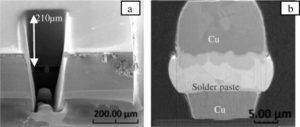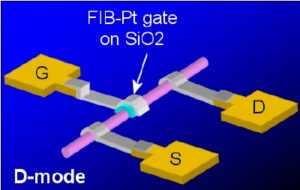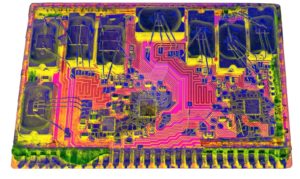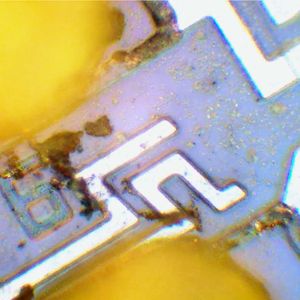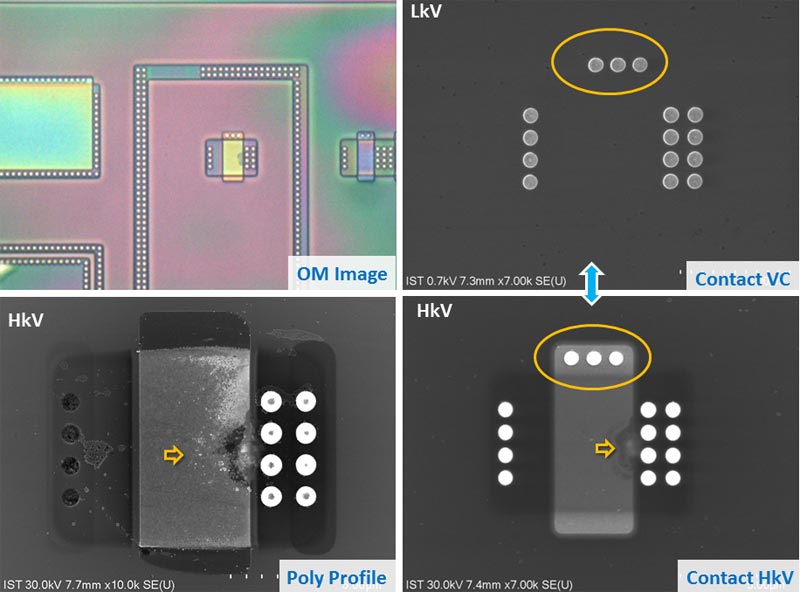Clone Chip ATTINY88V Firmware
Clone Chip ATTINY88V and copy microcontroller Firmware to blank MCU ATttiny88V which will provide the exact same functions as original version, the original MCU will be decapsulated and security fuse bit will be cut off;
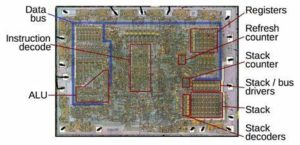
Clone Chip ATTINY88V and copy microcontroller Firmware to blank MCU ATttiny88V which will provide the exact same functions as original version, the original MCU will be decapsulated and security fuse bit will be cut off
When using the CLI instruction to disable interrupts, the interrupts will be immediately disabled. No interrupt will be executed after the CLI instruction, even if it occurs simultaneously with the CLI instruction. The following example shows how this can be used to avoid interrupts during the timed EEPROM write sequence.
When using the SEI instruction to enable interrupts, the instruction following SEI will be executed before any pending interrupts, as shown in this example. The interrupt execution response for all the enabled AVR interrupts is five clock cycles minimum if read microcontroller pic12c509a binary.
After five clock cycles the program vector address for the actual interrupt handling routine is executed. During these five clock cycle period, the Program Counter is pushed onto the Stack. The vector is normally a jump to the interrupt routine, and this jump takes three clock cycles.
If an interrupt occurs during execution of a multi-cycle instruction, this instruction is completed before the interrupt is served. If an interrupt occurs when the MCU is in sleep mode, the interrupt execution response time is increased by five clock cycles. This increase comes in addition to the start-up time from the selected sleep mode after crack ic pic12ce519 flash.
A return from an interrupt handling routine takes five clock cycles. During these five clock cycles, the Program Counter (three bytes) is popped back from the Stack, the Stack Pointer is incremented by three, and the I-bit in SREG is set.
This section describes the different memories in the ATtiny88v. The AVR architecture has two main memory spaces, the Data Memory and the Program Memory space. In addition, the ATtiny88v features an EEPROM Memory for data storage.
All three memory spaces are linear and regular. The ATtiny88v contains 64K/128K/256K bytes On-chip In-System Reprogrammable Flash memory for program storage. Since all AVR instructions are 16 or 32 bits wide, the Flash is organized as 32K/64K/128K x 16. For software security, the Flash Program memory space is divided into two sections, Boot Program section and Application Program section.
The Flash memory has an endurance of at least 10,000 write/erase cycles. The ATtiny88v Program Counter (PC) is 15/16/17 bits wide, thus addressing the 32K/64K/128K program memory locations. The operation of Boot Program section and associated Boot Lock bits for software protection are described in detail in “Boot Loader Support – Read-While-Write Self-Programming” on page 317.
“Memory Programming” on page 335 contains a detailed description on Flash data serial downloading using the SPI pins or the JTAG interface. Constant tables can be allocated within the entire program memory address space (see the LPM – Load Program Memory instruction description and ELPM – Extended Load Program Memory instruction description).
Tags: clone chip archive,clone chip bin,clone chip code,clone chip content,clone chip data,clone chip eeprom,clone chip file,clone chip firmware,clone chip hex,clone chip information,clone chip memory,clone chip program


